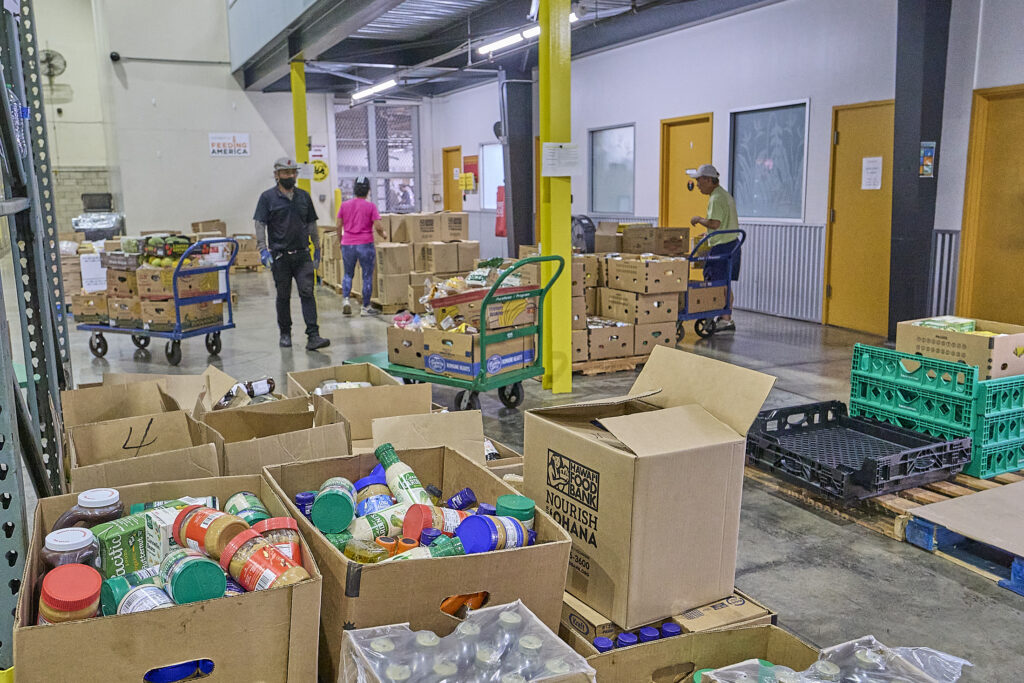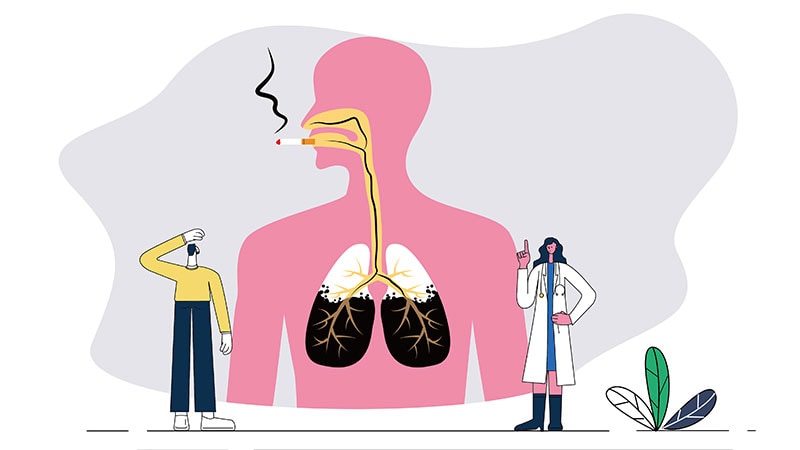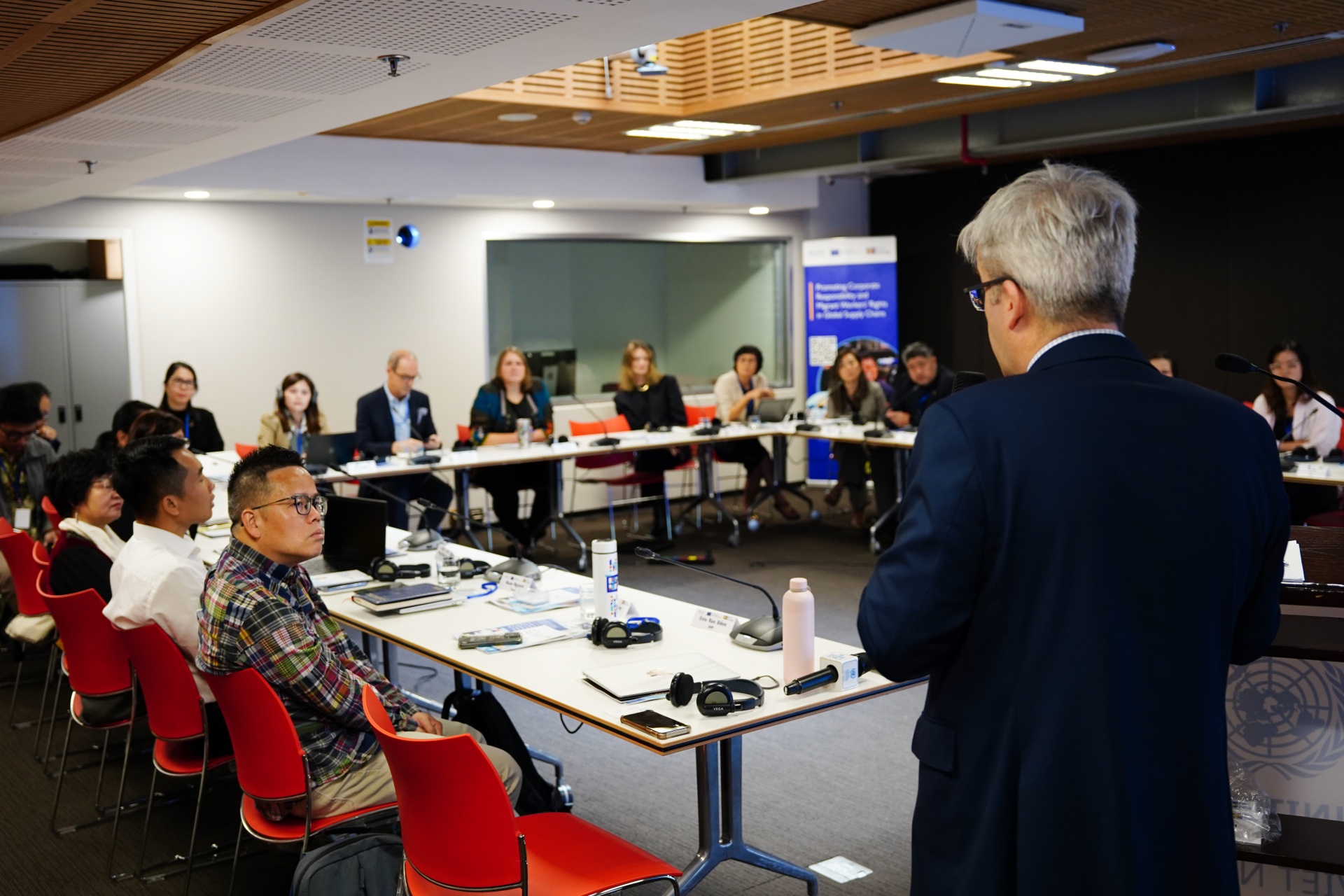Transforming Mine Waste into Fertile Soil: A Groundbreaking Innovation
In a significant breakthrough, researchers from the universities of Queensland and Saskatchewan have developed a method to convert harmful mine waste, known as ‘tailings’, into fertile soil. The team used a synchrotron to accelerate the process of reintroducing microbial life into the tailings. By amending the tailings with plant mulch, they were able to recolonize them with soil microbes, transforming the lifeless rock into a medium capable of supporting plant growth. This innovative solution could potentially save billions in storage costs and mitigate environmental risks associated with tailings storage facilities, while also offering a new avenue for sustainable agriculture.

The Problem with Mine Waste
The mining industry refers to its mineral waste as ‘tailings’. These are the remnants left after the extraction of valuable metals from mined material. Tailings are typically toxic due to the presence of heavy metals and are rendered unusable for any other purpose. To prevent them from contaminating groundwater or farmland, tailings are stored in dedicated facilities.
However, these storage facilities pose their own set of challenges. They are not only expensive to maintain but also pose a significant environmental risk. Disasters can occur when such facilities break down or are abandoned.
The Innovative Solution
A team from the universities of Queensland and Saskatchewan embarked on a mission to see if it was possible to breathe life back into this lifeless rock by reintroducing microbial life.
“Tailings have no biologically friendly properties for growing plants. Roots and water cannot penetrate them, and soluble salts and metals in tailings can kill plants and soil microbes,” explained Longbin Huang, a professor at the University of Queensland.
The team found a way to accelerate the process of repopulating the tailings with soil microbes using the Canadian Light Source (CLS), a giant synchrotron. A synchrotron is a type of circular particle accelerator that works by accelerating charged particles (electrons) through sequences of magnets until they reach almost the speed of light.
The Process
The scientists were able to visualize the detailed mechanism of how they developed the organic-mineral interfaces and revitalized the tailings using CLS’s synchrotron light. They successfully recolonized mine tailings with soil microbes after amending the tailings with plant mulch.
These soil microbes consume certain residual organics and minerals, aggregating them into what are referred to as soil particles. “You have microbially active surfaces in soil crumbs that develop a porosity in compacted tailings that allows gas, water, roots, and microbes to survive, just like in arable soil,” said Huang. “Therefore, the dead mineral matrix of tailings becomes a soil-like media that will enable plants to grow.”
The Impact
This innovative solution could potentially save billions of dollars worldwide in storage fees while eliminating the threat posed by storage facilities. Moreover, it presents an opportunity to restore soils damaged by over-farming, overuse of fertilizers, and climate change.
In conclusion, this groundbreaking research offers a promising solution to a long-standing problem. By transforming harmful mine waste into healthy soil, we can mitigate environmental risks while creating new opportunities for sustainable agriculture.
What is Your Reaction?
 Like
0
Like
0
 Dislike
0
Dislike
0
 Love
0
Love
0
 Funny
0
Funny
0
 Angry
0
Angry
0
 Sad
0
Sad
0
 Wow
0
Wow
0








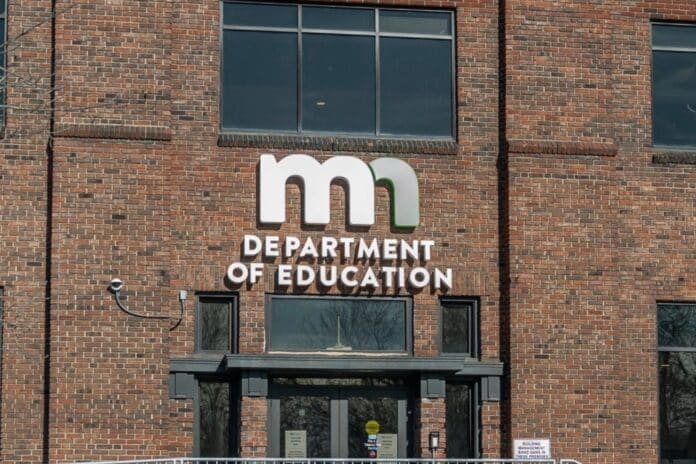

























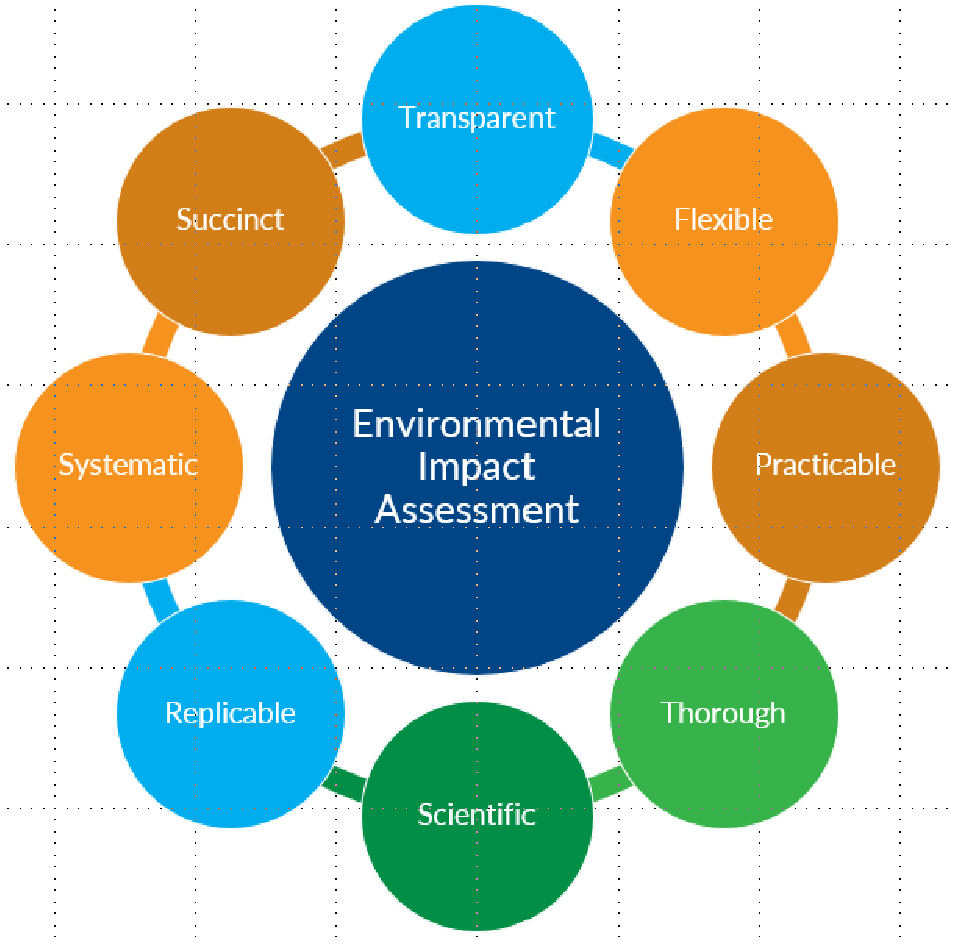











/environment-climate-change-and-health-(ech)/water-sanitation-hygiene-and-health-(wsh)/landfill-tuvalu-36092.tmb-1200v.jpg?sfvrsn=5c21fe40_1#)




.jpg.webp?itok=0ZsAnae9#)



